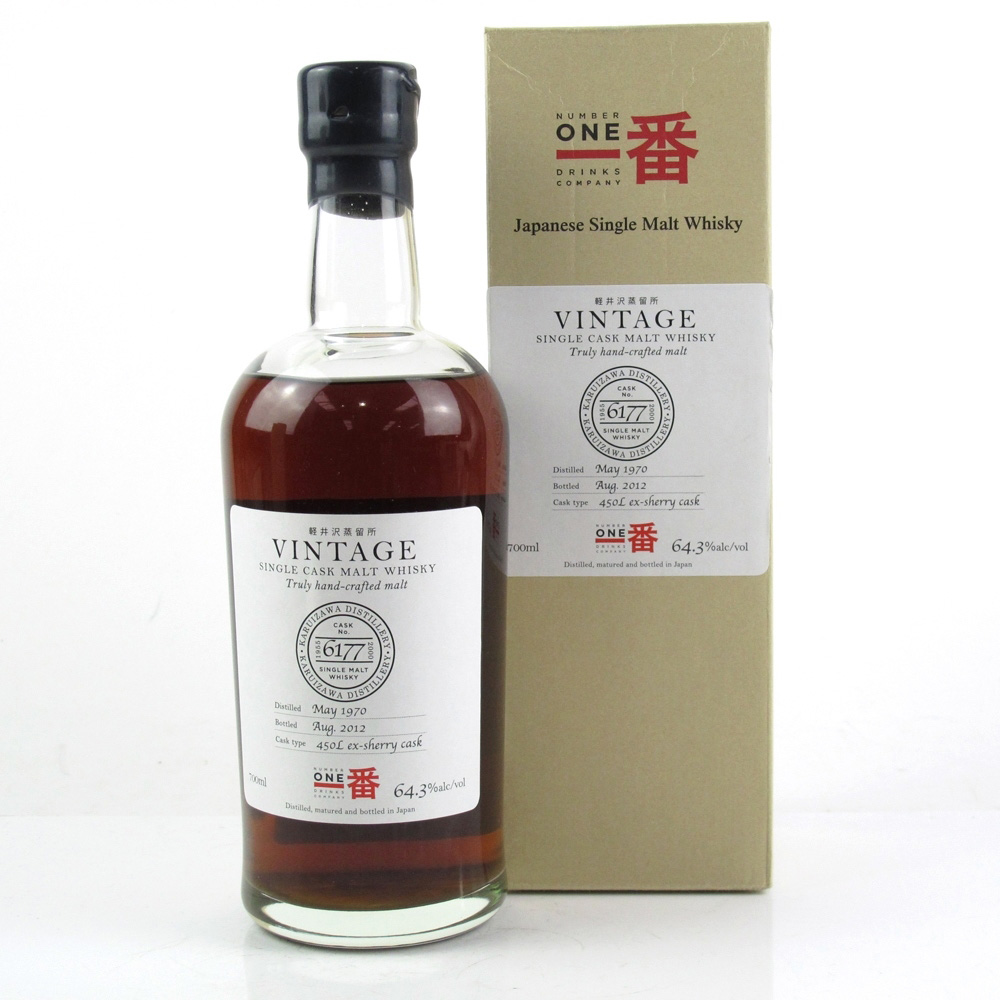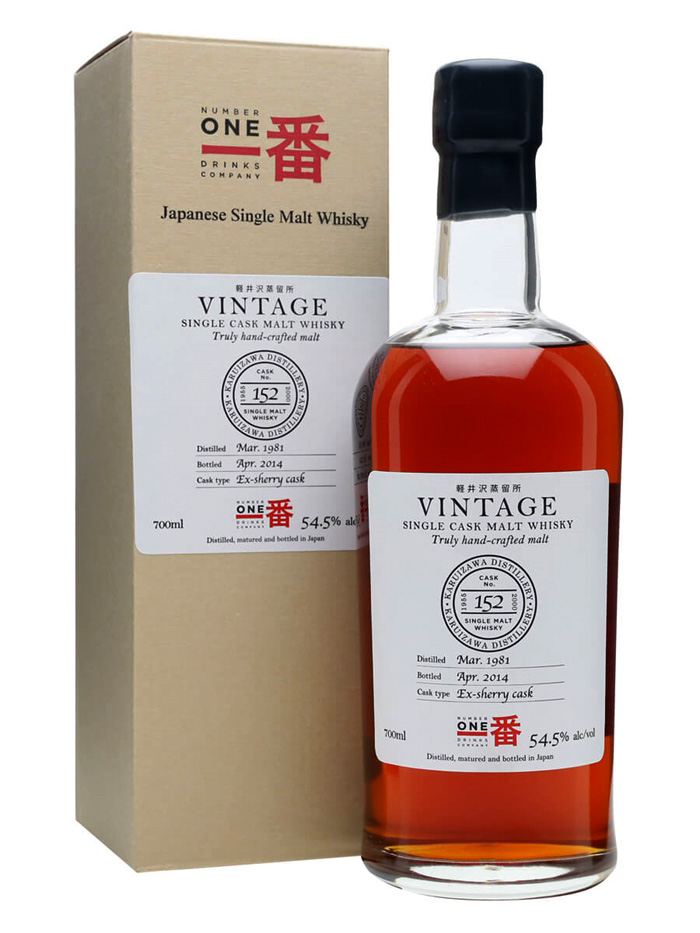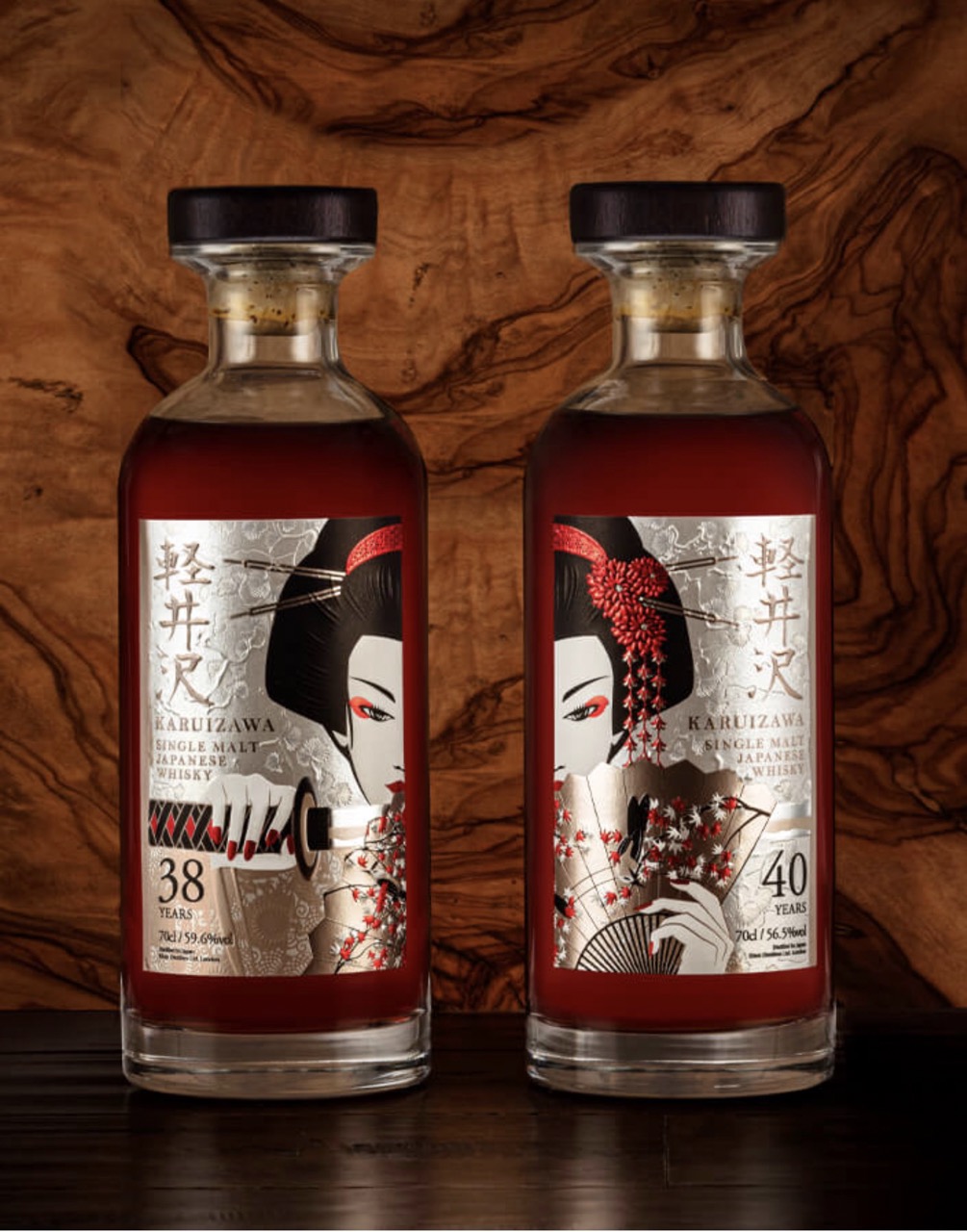Our Takeaway
When we think of top notch whisky, let alone collectible and investible whisky, most of us tend to think of Scotland. Indeed, Scotch and Irish whiskies were the original and most ardent contributors to the rise of small batch single-malts, but Japanese whiskies have been steadily growing in popularity in recent years.
Since 2014, the RW 101 Japanese 100 Index has gained nearly 580%. This index from Rare Whisky 101 includes 100 collectors bottles of whisky from Japan.









